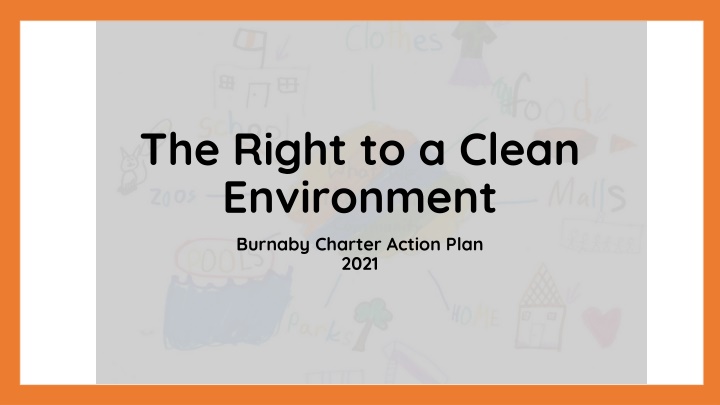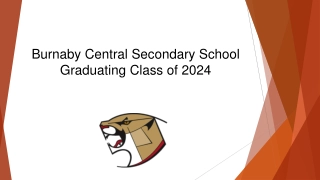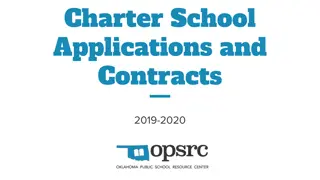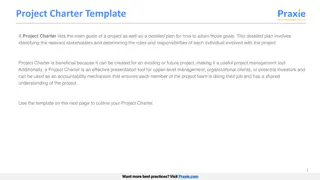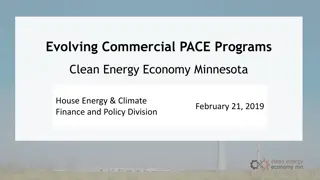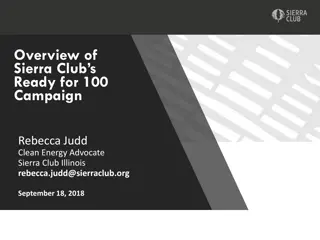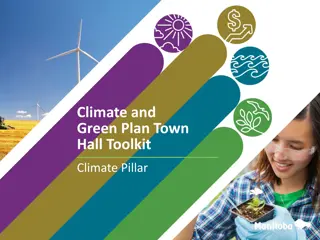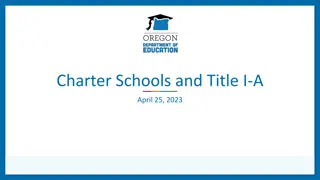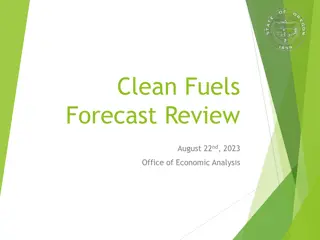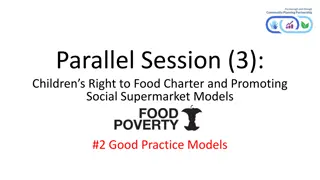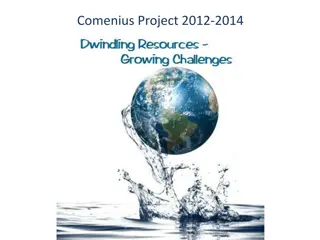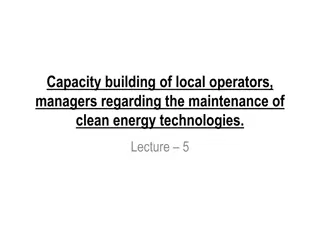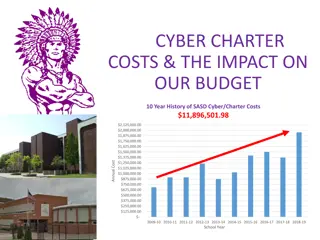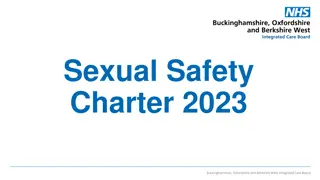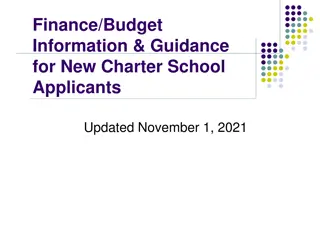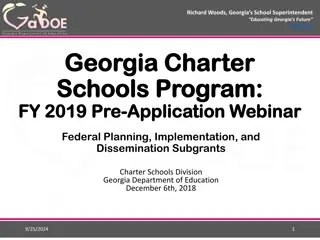Empowering Children: The Burnaby Clean Environment Charter Action Plan
Highlighting the Burnaby Children's Charter and its focus on the right to a clean environment, this presentation delves into children's perspectives on nature, air quality, and community cleanliness. By involving children in creating cleaner spaces, adults can support this important right. Practical tips and best practices are shared for promoting a clean environment in program spaces. Contact information for further engagement is provided.
Download Presentation

Please find below an Image/Link to download the presentation.
The content on the website is provided AS IS for your information and personal use only. It may not be sold, licensed, or shared on other websites without obtaining consent from the author.If you encounter any issues during the download, it is possible that the publisher has removed the file from their server.
You are allowed to download the files provided on this website for personal or commercial use, subject to the condition that they are used lawfully. All files are the property of their respective owners.
The content on the website is provided AS IS for your information and personal use only. It may not be sold, licensed, or shared on other websites without obtaining consent from the author.
E N D
Presentation Transcript
The Right to a Clean Environment Burnaby Charter Action Plan 2021
The Burnaby Childrens Charter was developed in 2019 and included the voices of 250 children across Burnaby. The Charter was developed by the Burnaby Children s Community table in partnership with Equitas and is now in the action planning stage, with multiple agencies having endorsed the Charter. This presentation is part of a year-long series where we will highlight the rights of the Charter each month and is intended for adults who work with children and youth.
A few quotes gathered from children during the Charter creation process: I like to collect caterpillars. I like flowers. Stop people smoking
Explaining the Right Children expressed their appreciation for being outside in nature and enjoying the clean air. They like that their communities have parks and trees. Chi Children mentioned smoking, vaping and pollution as activities they do not like in their communities. They want adults to know so they can help contribute to making the air cleaner.
Questions to think about or discuss: 1. What are you seeing in the community in relation to this right? 1. 2. As an adult supporting children, what is your responsibility to this right? 3. In what ways can we make program spaces a clean environment for children?
Best Practice We may not have as much control over things like smoking or pollution in our program spaces, however we can still find ways to highlight this right with children we serve By including children in helping to create a clean environment, we are bringing awareness to this right Include children in tidying your space, practice frequent hand washing, and discuss what nature (parks, trees) mean to you as a group
For more information: Suzanne Vardy - Suzanne.Vardy@burnabyschools.ca Safe and Caring Schools Team - Burnaby School District Sheri Brattston - Sheri.brattston@burnabyschools.ca Managing Director, Community Education - Burnaby School District Gabriella Maio - Gabriella.Maio@gov.bc.ca Community Development Worker - Ministry of Children and Family Development
